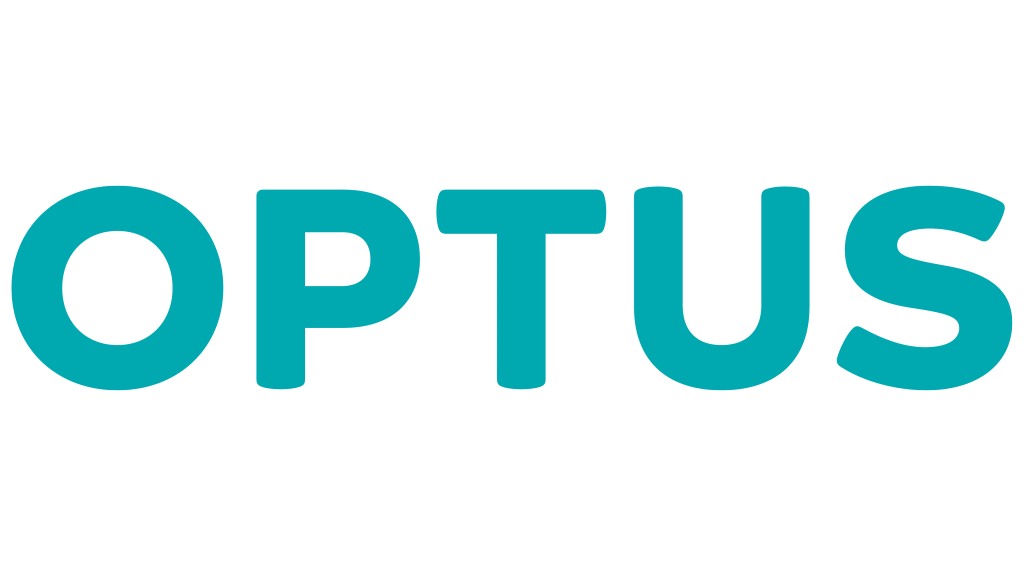100% free and no obligation.
Home > Internet Plans > ADSL Broadband Plans
Find out more about ADSL broadband plans and compare internet offers through Savvy today.
Author
Savvy Editorial TeamFact checked




We’ve partnered with Econnex to bring you a range of internet plans to help you compare them.
With the rollout of the National Broadband Network (NBN), it can sometimes be easy to forget that ADSL connections still exist in Australia. Even though these connections will soon be entirely phased out, there are households and businesses across the country which rely on it. As such, there are still plans on offer to those who don't have NBN access. You can find out more about them, how they work and how to compare a range of broadband plans in one place with Savvy today.
ADSL stands for asymmetric digital subscriber line and was previously used as the most common fixed line broadband connection in Australian households and businesses. These connections were delivered via existing copper cables which also operated as phone lines. These cables run into your premises and ultimately connect you to the network of cables running along your street or in your area. Because these cables weren’t initially designed to transmit broadband data, ADSL connections are gradually being replaced to cope with the rigours of data transmission in the current day.
ADSL2+ was the most recent addition to ADSL internet plans and is comfortably the fastest, with maximum download speeds of 24Mbps (megabits per second). However, this only represents the speed that it’s capable of; you may find that some speeds delivered on ADSL2+ plans are closer to 10Mbps or less in some cases.
As mentioned, part of the ADSL connection is the use of an active phone line, which connects your home or business to other copper wiring. However, you don’t have to have a phone line in use to utilise this internet and can do so through a Naked DSL connection. This essentially means that you won’t have to pay the rental costs for maintaining this phone connection, but it doesn’t necessarily result in saving money. Your ISP then becomes responsible for covering that cost and will typically raise the price of your plan as a result.
There are a number of key differences between ADSL broadband plans and NBN plans, which you should be aware of when searching for the right internet plan. Bear the following factors in mind when comparing the best broadband plans:
How they operate
As previously mentioned, ADSL broadband plans transmit data through copper cables connected to phone lines. However, the NBN conducts information through special fibre optic cables. There are several different ways in which an NBN connection can be established, which can include installing these cables directly from your home or business to an NBN access point (Fibre to the Premises or FTTP) or make use of copper cables in building this connection in Fibre to the Node (FTTN), Fibre to the Curb (FTTC) and Fibre to the Building (FTTB).
Speed
While ADSL connections are restricted to 24Mbps as a maximum download speed, NBN plans can offer speeds far beyond this capability. This is because the copper cables that ADSL lines make use of hinder the transmission of data, while the fibre optic cables used by the NBN are designed to achieve fast and effective connections. ADSL2+’s maximum download speed of 24Mbps stand in comparison to the NBN’s six speed tiers, which are now theoretically capable of reaching up to 1Gbps on the NBN 1000 plan but can more readily reach 100Mbps (NBN 100) or even 250Mbps (NBN 250).
Price
As you may expect, ADSL plans are generally the cheaper option of the two. This is largely down to the performance of the internet: it makes sense that you'd pay less for a connection which is inferior in terms of speed compared to another, more expensive one. However, you may find that some unlimited ADSL2+ plans aren't substantially cheaper than some of the lower-performance NBN tiers such as NBN 12 or 25.
Accessibility
Very few providers still offer ADSL broadband plans. Telstra owns some of Australia’s major phone line infrastructure and still offer ADSL plans where available, while TPG and Dodo are among the few others to still offer these plans. In contrast, NBN plans of varying speed tiers have flooded the market, giving a wealth of options to choose from when looking for the best plan to suit your needs.
The entire comparison process is free with us, meaning you can use it as many times as you like.
You’ll be able to consider competitive offers from some of Australia’s leading internet providers before you buy.
You can compare plans 24/7 with our online form regardless of where in Australia you’re living.
ADSL internet plans are likely to be among the cheapest options you’ll come across when shopping for internet.
Unlimited ADSL2+ plans are not just available, but are the most common deals on offer for ADSL customers, saving on potential data worry.
If you’re only using your internet for light browsing and checking your emails and social media, an unlimited ADSL2+ plan may be able to deliver on speeds you’ll need.
At a capacity of just 24Mbps and a much lower average speed, your ADSL connection may not support the speeds you need
A lack of options on the market means you won’t have as much choice of ADSL plans as you would for other connection types.
With the rollout of the NBN, very few parts of the country still have ADSL access and may not do for much longer.
You don’t want to be paying more for your internet than you need to, especially when it isn't a high-performance connection like ADSL. It’s wise to operate within a budget for how much you expect to pay for your internet service, as this can help reduce options outside your financial limitations.
ISPs are different when it comes to how they conduct their services. For example, bigger ADSL providers can offer you extensive customer support services that a smaller ISP can’t. However, you may prefer to go with a smaller budget provider, as these can often provide you with some of the best internet deals.
Whether your ADSL plan comes with a contract is of particular importance if the NBN becomes available in your area. You don’t want to be locked into an ADSL plan as its lifespan runs down and be hindered in your ability to move to other plans before the connection cuts out.
You might like to bundle a landline phone in with your ADSL internet as part of your plan, or you might simply want the plan on its own. Ensure you know what you’re looking for when searching for ADSL broadband plans and compare between options that suit your needs in this area.
No – after an NBN connection has been established at your home or business, you can’t switch back to an ADSL broadband plan. This is because the infrastructure used to power ADSL connections is removed and decommissioned once the NBN is rolled out in an area.
There are still a few providers which offer ADSL broadband plans as of August 2023, including:
ADSL connections are cut off 18 months after the NBN becomes available in your area. You’ll be notified well in advance of this cut-off, which will give you the opportunity to move to an alternative source of internet.
If you end up exceeding your data allowance for the month under an ADSL broadband plan, your internet speeds will be shaped down to a much slower speed (likely 256kbps). This won’t affect you if you’ve purchased an unlimited broadband plan.
You’ll have to be within 5km of a signal exchange to access ADSL broadband. However, your speed will start to degrade if you’re beyond 1km away from the nearest signal exchange.
Disclaimer:
Savvy is partnered with Econnex Comparison (CIMET Sales Pty Ltd, ABN 72 620 395 726) to provide readers with a variety of internet plans to compare. We do not compare all retailers in the market, or all plans offered by all retailers. Savvy earns a commission from Econnex each time a customer buys an internet plan via our website. We don’t arrange for products to be purchased directly, as all purchases are conducted via Econnex.
Any advice presented above is general in nature and doesn’t consider your personal or business objectives, needs or finances. It’s always important to consider whether advice is suitable for you before purchasing an internet plan. For further information on the variety of internet plans compared by Econnex, or how their business works, you can visit their website.
© Copyright 2023 Quantum Savvy Pty Ltd T/as Savvy. All Rights Reserved.
ABN 78 660 493 194. ACR Number 541 339.